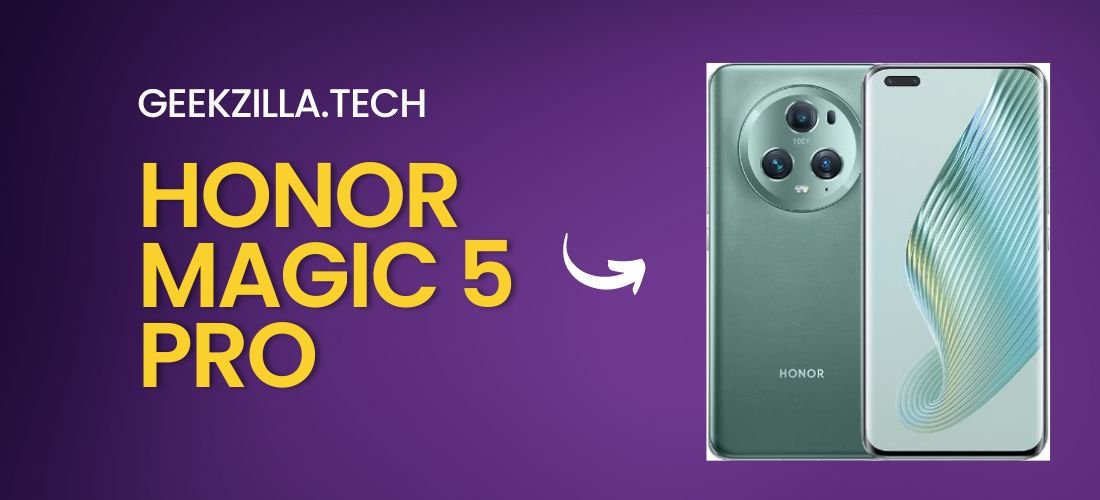Acquisition marketing is an important part of strategic business growth which involves targeted efforts to acquire new customers. In essence, acquisition marketing focuses on actively engaging and converting prospects into loyal consumers.
According to recent research, 44% of businesses prioritize customer acquisition in their marketing efforts. Companies invest in acquisition marketing for various reasons, citing its effectiveness in expanding their customer base and driving growth. This article will delve into key data points and provide a comprehensive overview of acquisition marketing strategies, their impact, and nuanced tactics for a successful campaign. For instance, platforms like SocialWick specialize in enhancing Instagram presence, offering tailored solutions for increasing followers and likes.
Main Channels in Acquisition Marketing
Digital marketing introduced various platforms and channels that businesses can use to connect with potential customers. Some of these channels proved over time their superiority for acquisition purposes. Currently, the four main acquisition channels with the highest conversion rates are:
- Paid advertising
- Content marketing
- Search engine optimization
- Social media marketing
Paid advertising
Search ads are one of the most effective tools for customer acquisition. Google’s PPC ads have the biggest return on investment – businesses make an average of $2 in revenue for every $1 spent on Google Ads. Several key factors make paid advertising one of the most powerful channels for acquisition marketing.
- Precision targeting: the majority of advertising platforms allow firms to pinpoint their audience with remarkable precision. These platforms identify target audiences based on user data, interests, and search behavior.
- Immediate visibility: unlike organic methods that take time, paid advertising provides immediate visibility. This is especially beneficial for businesses within the competitive niche that look for instant exposure.
- Measurable ROI: paid advertising allows businesses to track every aspect of their campaign performance – from clicks to conversions. The platforms offering paid advertising come with detailed analytics dashboards that further simplify the assessment of the return on investment (ROI).
- Flexible budget: paid ads offer adaptable budget allocation and can serve businesses of various sizes. Whether a startup or an enterprise, marketers can adjust ad spending based on the available financial resources, as well as on performance metrics.
Content marketing
Content marketing creates the strongest foundation for customer acquisition in modern marketing. The Content Marketing Institute reports that 67% of marketers saw an increase in demand and lead generation after their content marketing efforts. Apart from versatility across various channels – from blog posts and social media to podcasts and videos, content marketing’s power lies in its ability to efficiently generate leads. Here are some of the key factors making content marketing a powerful tool in acquisition marketing:
- Lead generation efficiency: content marketing allows businesses to attract leads organically through educational blog posts, informative videos, or engaging infographics.
- Cost-effectiveness: content marketing relies on organic traffic which eventually leads to a reduction in costs. This economic advantage positions content marketing as an attractive strategy for customer acquisition.
- Establishing trust: creating valuable content positions businesses as authorities within their industries. In-depth articles, whitepapers, and guides contribute to building trust and credibility among the audience.
- Audience retention: high-quality content resonates with the target audience and promotes engagement and brand loyalty.
- SEO benefits: search engines prioritize quality content that brings value to internet users. Successful content marketing campaigns boost a website’s visibility within the search results leading to increased organic traffic.
Search engine optimization
In a digital era, visibility is synonymous with success. SEO has a direct impact on online visibility, organic traffic, and customer acquisition. Search engine optimization involves working on various elements like on-page content, meta tags, and site structure that result in higher search engine rankings at the end.
Appearing on the first page of search results instills a sense of credibility and trust in users. Many perceive top-ranking sites as more reliable and authoritative and often influence their decision-making processes. SEO, therefore, not only drives traffic but also contributes to the establishment of a trustworthy brand image.
SEO strategy is not solely about pleasing search engines. Search engine optimization is very useful for user experience, as well, which means that SEO contributes to customer retention and client satisfaction.
Social media marketing
Half of the global population actively engages on social media which creates an immense opportunity for acquisition marketing specialists. The secret of successfully using social media strategy for user acquisition lies in the marketer’s ability to facilitate targeted interactions. By analyzing user behavior, preferences, and demographics marketers can tailor content and campaigns to resonate with targeted segments.
Engagement and Conversion
The content displayed on social media must capture attention but also stimulate interactions. A lot of factors influence content visibility: likes, shares, comments, and retweets, which presents an opportunity to reach a wider audience. Most social platforms allow businesses to guide users through the conversion funnel. Brands can place calls-to-action, use shopping features, and even create separate landing pages.
Developing an acquisition marketing strategy
Creating an effective customer acquisition strategy involves a systematic approach that suits your business’s unique goals and target audience. This process usually unites several components, each demanding attention on its own. By analyzing these elements, businesses can construct a successful strategy.
Step 1. Defining target audience
The very first step in developing an acquisition marketing strategy is identifying and defining the target audience. This means that business must entirely understand what kind of consumers it is looking for.
Collecting and analyzing demographic, psychographic, and behavioral user data allows marketers to create detailed buyer personas. This stage decides the ultimate fate of the strategy – ensuring that marketing efforts resonate with the right audience.
Step 2. Setting clear objectives
When it comes to business goals and objectives SMART concept comes into play. Establishing specific, measurable, achievable, relevant, and time-bound objectives is crucial for any business within any industry.
Whether it is increasing website traffic, boosting conversion rates, or expanding market share, the goals must have a crystal clear outline. This clarity will guide the development of actionable tactics aligned with comprehensive business objectives.
Step 3. Selecting relevant channels
There are multiple acquisition channels but not all work the same way for every business. Building on the earlier exploration of the key acquisition channels, businesses must strategically choose those best suited to their audience and objectives.
Another significant component marketers consider is budget. The budget must align with the acquisition channels that offer the most significant potential for engagement and conversion. At this stage, data-driven decisions ensure resource optimization which is especially important for new businesses and start-ups.
Step 4. Creating quality content
Content is crucial for customer acquisition marketing. It connects businesses with potential customers by addressing their preferences, pain points, and information needs. It can take the form of blog posts, videos, or interactive content, but its purpose is always the same: to capture attention, engage the audience, and facilitate conversion.
Step 5. Implementing data analytics
Analyzing the data is equally crucial at all stages of acquisition marketing strategy. All acquisition efforts require monitoring, measuring, and analyzing the performance of the campaigns.
In this phase, all types of marketers track Key Performance Indicators (KPIs). In this case, it could be customer acquisition cost (CAC), conversion rates, or return on investment (ROI). This data-driven approach allows businesses to conduct real-time adjustments and optimize their strategy.
Step 6. A/B testing and optimization
Continuous improvement is key to a successful acquisition strategy. At this point, marketers use A/B testing to experiment with different elements like ad creatives, landing page designs, or email subject lines. Based on the results of the tests, businesses can update their strategy or optimize it for better performance.
Customer acquisition performance metrics
Every business relies on an analysis of its marketing campaign data. All marketing efforts translate into data that must be measured with the key performance metrics. These metrics provide actionable insights that enable businesses to improve their strategies, use their resources more efficiently, and maximize their return on investment. Here is a breakdown of crucial performance metrics for acquisition marketing:
- Customer Acquisition Cost (CAC): CAC is an indicator of an average expense as a result of acquiring a new customer. To calculate CAC, we divide the total acquisition costs by the number of new customers gained within a specific period.
- Conversion Rate: The conversion rate reflects the percentage of visitors who take a desired action (such as making a purchase or filling out a form). To calculate the conversion rate, we divide the total number of visitors by the number of customers who completed a desired step.
- Return on Ad Spend (ROAS): ROAS is a measurement of the revenue generated for every dollar spent on advertising. It is calculated by dividing the total revenue from ads by the cost of those ads.
- Click-through Rate (CTR): CTR measures the percentage of users who click on an ad/link compared to the total number of impressions. To calculate CTR, we divide total clicks by total impressions.
- Customer Lifetime Value (CLV): CLV estimates the total revenue a business can expect from a customer throughout their entire relationship. CLV is calculated by first multiplying the average purchase value by the average number of purchases and then multiplying the result by the average customer lifespan.










